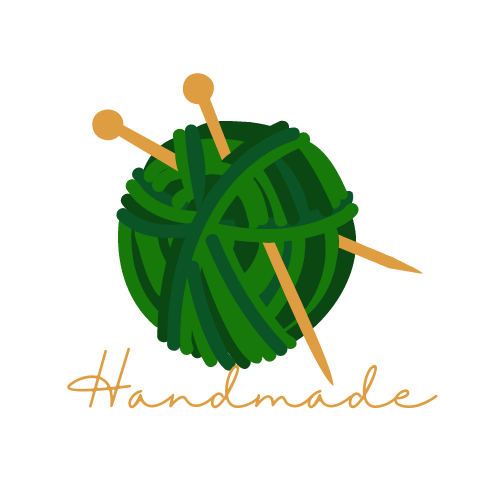Needle-felting has taken the world of crafting by storm, with artists and hobbyists creating adorable and intricate wool animals. This fascinating art form uses natural wool fibers and a special barbed needle to sculpt three-dimensional figures, often replicating animals in the cutest of forms. In this article, we’ll take a closer look at the art of needle-felting and explore the steps involved in bringing these wool creations to life.
What is Needle-Felting?
At its core, needle-felting is a crafting technique that involves poking a barbed needle repeatedly into loose wool fibers to compress them into a desired shape. The friction from the needle’s barbs causes the wool fibers to bond and compact, allowing artists to sculpt the wool into solid forms.
Why Wool? Natural wool is the preferred material for needle-felting because of its unique properties. Wool fibers are barbed, meaning they naturally want to cling together when agitated. This makes them perfect for shaping into various forms, whether for detailed animals or abstract art pieces.
Step-by-Step Guide to Creating Wool Animals
The process of creating needle-felted wool animals may seem daunting, but it’s a highly rewarding and accessible craft. Here’s a behind-the-scenes look at how these cute wool animals are made:
1. Gathering Materials
To start, you’ll need basic materials: wool roving (or batting), felting needles, and a foam pad or felting mat. Wool roving is the loose wool used to shape your creation, while the felting needles come in various sizes to shape and define details.
2. Forming the Basic Shape
The process begins by creating the core shape of the animal. For example, when making a woolen bear or rabbit, you would start with a ball of wool for the head and an oval shape for the body. Repeatedly poking the wool with the felting needle compacts and shapes the wool into these solid, foundational forms.
3. Building Details
Once the core shapes are complete, it’s time to add details such as limbs, ears, tails, and facial features. Smaller sections of wool are carefully felted into the core structure, gradually building up the animal’s defining characteristics. Artists use finer needles to create intricate details like eyes, noses, or textured fur patterns.
4. Blending Colors
One of the joys of needle-felting is the ability to blend colors seamlessly. Artists can mix different shades of wool to create realistic fur patterns or artistic color schemes. Layering the wool and felting it gradually allows for smooth transitions between colors, adding depth and personality to the wool animal.
5. Final Touches
The final step in creating a needle-felted animal is adding those finishing touches that bring the piece to life. This might include a tiny felted scarf, spots on the animal’s fur, or even accessories like tiny bows or hats. These final touches showcase the creativity and individuality behind every wool creation.
Why Needle-Felting is the Perfect Craft for Animal Lovers
Creating needle-felted animals is a meditative and fulfilling craft, but it’s also a great way for animal lovers to express their creativity. The combination of wool’s natural texture and the artist’s craftsmanship gives each animal a charming, lifelike quality. Whether you’re crafting a miniature pet, a whimsical creature, or a realistic wildlife figure, needle-felting offers limitless possibilities for customization.
Benefits of Needle-Felting:
- Accessible for Beginners: With basic materials and a bit of practice, anyone can start needle-felting and create their own wool animals.
- Endless Creativity: Artists have full control over the color, size, and design of their creations, allowing for endless creative expression.
- A Relaxing Hobby: Needle-felting is often praised for its calming, repetitive nature. It’s a perfect craft for relaxing after a long day.
